All About Proxy Voting
An introduction to proxy voting, how it works, and its applications
What is proxy voting?
Proxy voting is a form of voting in which an individual may give their voting power to a representative to vote on their behalf. The representative may be another member of the same organization or an external entity. This is sometimes referred to as “representative voting.”
An example of this would be a board of directors vote where shareholder input is needed but their physical presence is not required. In this situation, shareholders would select a proxy to vote in their place and represent their desires.
Some organizations will require a proxy to vote in the event a registered voter will not be able to cast a ballot. This ensures that all voices are heard and no one is left out of the process, for whatever reasons.
However, allowing proxies to vote may make the voting process more complex. For example, when coordinating a proxy vote, administrators must establish procedures for nominating and confirming proxies to ensure that they are accurately and fairly representing the intended voter.
Who uses proxy voting?
Proxy voting is most effective for board votes or association elections that would conflict with some board members’ outside interests or personal affairs. However, all kinds of organizations can implement a proxy vote to come to a decision.
Some examples of situations where proxy voting can be beneficial include the following:
-
Shareholder meetings
-
HOA elections
-
Board of Directors elections

What are the procedures for proxy voting?
Authorizing a proxy

Typically, organizations will require voters to authorize a specific person to be their proxy by filling out a proxy form. A proxy form is an official document used by the vote administrators authorizing the proxy to act on their behalf.
Organizations must be forthright on who is entitled to attend and vote has the option of voting in person or through a proxy. For a person to act as a proxy, the voter appointing the proxy must execute this document authorizing the proxy to act in their stead.
The proxy will give the same rights as the voter to attend, speak and vote at meetings and any vote given in accordance with the terms of this document will be valid. The proxy form outlines the name and address of the voter, the name and address of the proxy, the organization involved and the manner in which the proxy should vote.
It is important for absent voters to act via proxy as it enables their interests to be fully represented.
Voting process
Before a voting event takes place, an organization must send proxy materials to all voters, including information on the agenda items to be voted on.
Proxy materials are typically distributed at least one month before a meeting is set to occur. Voters typically receive proxy materials by hard copy in the mail, digitally via email, or both.
Proxy statements must review an organization's voting procedures and include detailed information on the issues being voted on. For example, if the issue at hand is an upcoming board election, voters must receive detailed information on the nominated candidates, including their respective backgrounds and positions.
Once a voter receives a proxy ballot along with information regarding the upcoming vote, they must cast a vote and return the ballot to have that vote count. Proxy votes may be cast by mail, phone or internet before the cutoff time, typically within 24-hours before the established deadline.
Methods of tallying your votes

A vote from a proxy is weighed and counted the same as a vote from the intended voter. There are several different voting methods with which proxy votes can be used in conjunction with, including plurality votes and majority votes.
Some popular voting methods that can work with proxy voting include:
- Anonymous voting is a modifier in which an individual’s vote is hidden in a way that they cannot be identified by their ballot. Anonymous voting may be applied to any voting event where the organization seeks an impartial, unbiased outcome, as nameless ballots discourage attempts to use peer pressure or other external influences to sway voters.
- Weighted voting can exist in a legislative body in which each elected representative has a different voting power (weighted vote) as determined by the total number of citizens who voted for them in the general election.
- Plurality voting is a method in which each voter selects one candidate and the candidate(s) with the most votes wins. This is typically used for voting on candidates, rather than resolutions, or when only one position is available to be filled.
- Majority voting is a single-winner electoral system where each voter may "approve" any number of candidates, with the winner being the most-approved candidate. Depending on the rules of the election, voters may be limited to a certain number of votes.
Learn more about different voting methods here.
Making Your Vote a Success
Within any organization, those with voting power are often responsible for making significant decisions that impact the organization as a whole and the individuals within it. Proxy voting may give organizations more flexibility in allowing the will of the voter to impact change, even if the voter is not able to physically cast their vote.
Having all of the right resources available to the voters and their proxies is critical for an effective vote. Clearly defining voting procedures and rules for proxy votes will prevent issues down the road.


